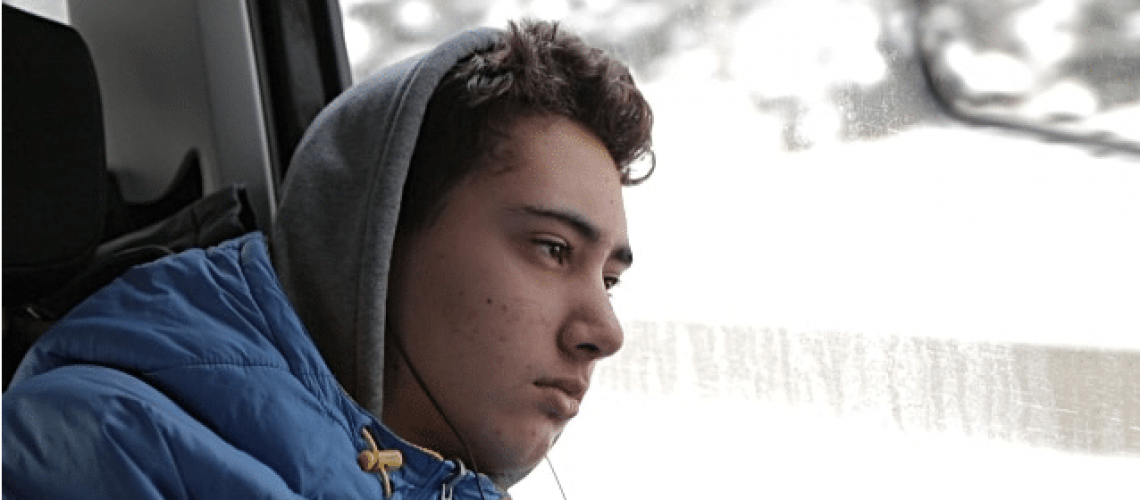Sometimes the Grinch visits. It might be winter, or it might be summer. It might be part of a larger picture of clinical depression, or it might be only seasonal. Having first been described in 1984, Seasonal Affective Disorder (SAD) has become a recognizable diagnosis that warrants treatment as a type of depression that displays a recurring seasonal pattern.
To be diagnosed with SAD, someone must have depressive episodes during winter or summer months that meet the criteria for Major Depression for a duration of at least two years, and seasonal depressions must be more frequent than non-seasonal depressions.
Major Depression may include experiencing the following symptoms for two weeks or longer:
- Feeling depressed nearly every day
- Low energy
- Lack of interest
- Feelings of hopelessness and worthlessness
- Sleep problems
- Difficulty concentration
- Appetite changes
- Agitation or sluggishness
- Thoughts of death or suicide
Summer SAD symptoms:
- Insomnia
- Anxiety
- Agitation
- Restlessness
- Poor appetite and weight loss
Winter SAD symptoms:
- Social withdrawal
- Excessive appetite with weight gain and carbohydrate craving
- Excessive sleep
- Lack of energy
Who’s at risk for SAD?
- People with a family history of depression are more likely to develop SAD.
- People with depression or bipolar disorder are more prone to have SAD.
- Women are more likely to have SAD.
- People who live farther from the equator are more likely to have SAD, 1% of people in Florida and 9% of people in Alaska have SAD.
Why does SAD occur?
Depression is impacted by multiple factors including the ability of mood-regulating structures in the brain to function, or disruptions in the body’s biological clock, which can be caused by reduced sunlight. Plus, seasonal alteration in serotonin and melatonin levels may affect mood. The physiology may be affected by neurotransmitter malfunction, receptor or brain circuit disruption as well as environmental contributions within the body and what is going on in someone’s life. The biopsychosocial model remains an important concept.
Depression is normal just as happiness is normal. Having a bad day or even a few depressive days may not be anything to worry about, but, if mood changes persist for a week or more, it is best to look into whether a more significant problem is taking hold. SAD is essentially depression, only with seasonal timing, and can have all of the complications including social or work problems, social withdrawal, substance abuse, and suicidal thoughts.
What are the treatment options?
Traditional treatments for depression are generally used with a couple of adaptations. The basic foundational components of good health should be pursued such as exercise, proper nutrition, moderation of alcohol, and consistent, quality sleep habits. In the mental health field, the following treatment options all have been found to be helpful in alleviating depression:
- Psychotherapy, especially Cognitive Behavioral Therapy (CBT) with Behavioral Activation (BA), can help to replace negative thoughts with positive thoughts and establish a healthy structure.
- Antidepressants can help with symptom reduction.
- Transcranial Magnetic Stimulation (TMS) Therapy can help to decrease the seasonal component in patients who have an established depression.
- Light Therapy, using specialized lightboxes that filter out harmful ultraviolet rays, allow patients exposure to bright light during darker, low-sunlight seasons.
So while the Grinch may visit here and there this winter, it’s best to understand whether you or a loved one is experiencing SAD or a more severe form of depression. Depression is a complex and serious disease, so being proactive and paying attention to what is going on with your emotions, and identifying if and when support is needed are essential practices to living a productive, healthy life year-round.


